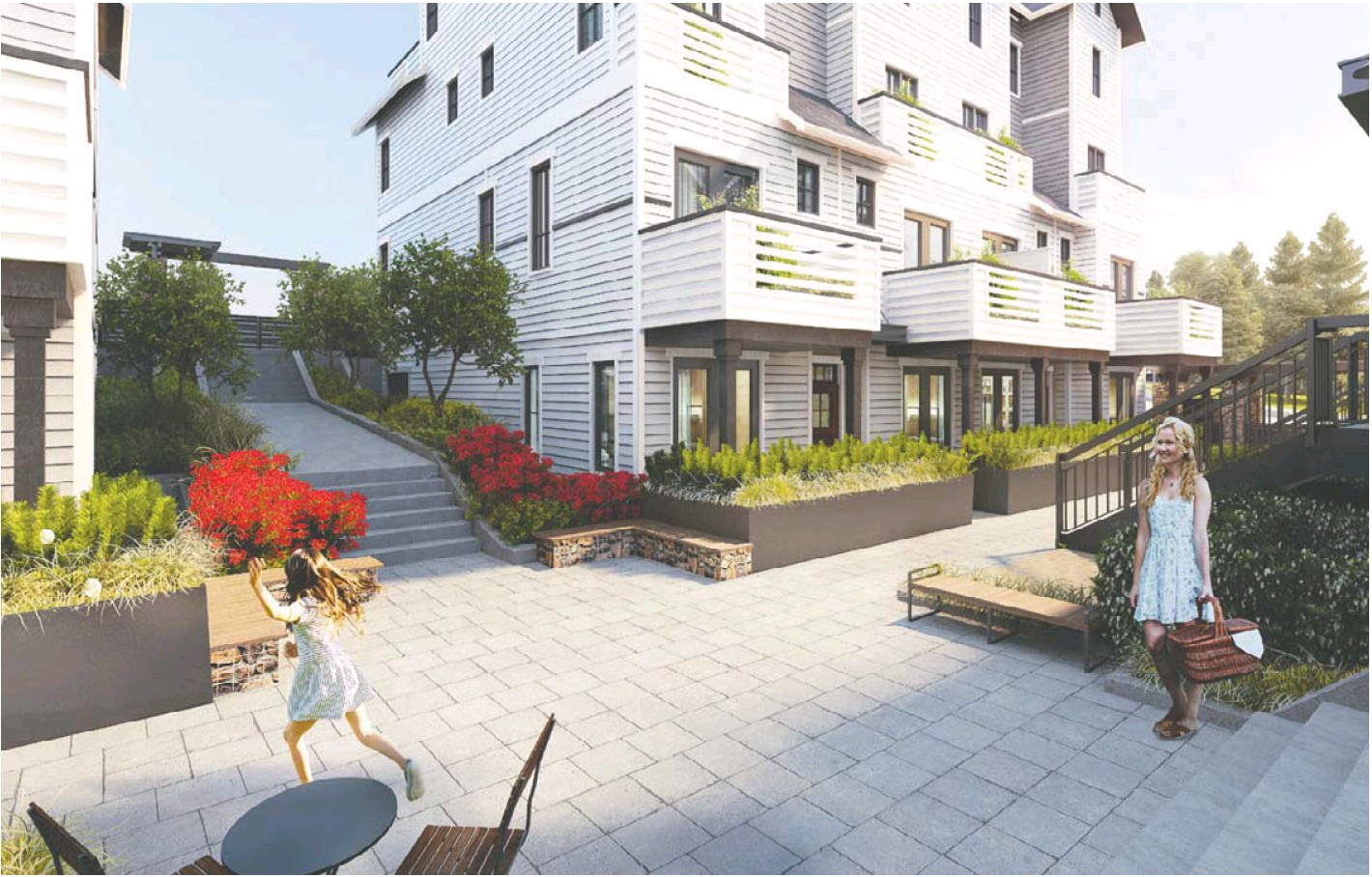Recreation property bought by millennials used as main home
Steve Randall
Canadian Real Estate Wealth
Recreational homes are attracting strong interest from millennials but for many they are not second homes but the only ones they can afford.
A report from RE/MAX shows that 56% of millennials are in the market to buy a recreational property, up from 42% in 2018; and across all buyers 61% said their interest is driven by affordability, followed by liveability.
“We are finally witnessing the long-anticipated generational shift of purchasing power from Baby Boomers to Millennials,” says Christopher Alexander, Executive Vice President, RE/MAX of Ontario-Atlantic Canada. “With the high cost of urban living taking many young homebuyers out of those markets, more Millennials are turning to recreational properties as a viable option for home ownership.”
Of the wider survey population, 40% said they were interested in buying a recreational property with 64% citing it as a place to relax, 58% calling it their getaway home, 43% saying they can do activities there that they cannot at their main home, and 30% focused on investment (33% among millennials).
What are buyers looking for?
The Leger survey shows that the younger demographic is still focused on some traditional elements for their recreational home but also have some modern ‘must-haves’.
That means that reasonable maintenance costs, waterfront access, and proximity to town are important; but so are internet access and being close to recreational activities and urban conveniences.
“Owning a recreational property is all about liveability – those crucial criteria, such as the great outdoors, access to water, mountains and community that improve our overall quality of life,” says Elton Ash, Regional Executive Vice President, RE/MAX of Western Canada. “It’s not surprising to see more Millennials pushing into the recreational property markets. Recreational living is very much aligned with this generation’s quest for work-life balance and is representative of a growing trend of Millennials choosing to make recreational properties their primary residence.”
Key ‘wants’ list:
- Affordable purchase price = 61%
- Reasonable maintenance costs = 46%
- Waterfront access = 45%
- Proximity to town = 44%
- Reasonable distance from primary residence = 35%
- Relative seclusion = 28%
- Land access = 24%
- Proximity to sports/recreation = 24%
- Nearby neighbouring properties = 12%
- Island property = 7%
- Other = 1%
- None, don’t mind which features my recreational property has = 7%
- Don’t know/prefer not to answer = 7%
Copyright © 2019 Key Media Pty Ltd





